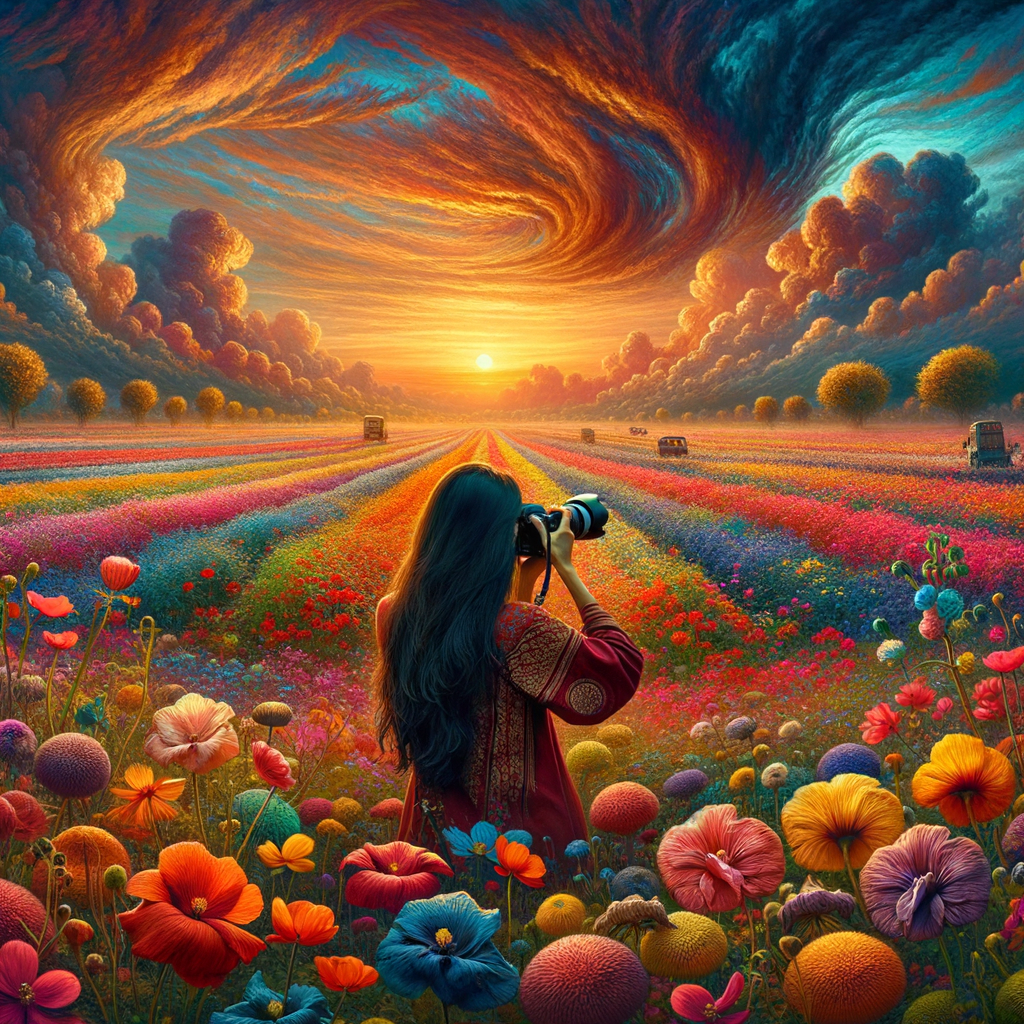
Color is one of the most powerful tools in a photographer's arsenal. It can evoke emotions, create atmosphere, and give images uniqueness. In this article, we will explore the basics of working with color in photography and share tips to help you enhance your photographic skills.
Understanding the basics of color and its role in photography is a crucial step toward creating expressive images. Color affects the perception of an image, can enhance its content, and draw the viewer's attention.
First, it's important to recall that color consists of several components: hue, saturation, and brightness. Hue is the base color, such as red, green, blue, etc. Saturation determines how pure or dirty a color appears, while brightness shows how light or dark a color is.
It's essential to consider how different colors interact with each other. For instance, creating contrast between light and dark colors can help highlight the main subject in a photograph. Deep, saturated colors often create a dramatic mood, while pastel tones can evoke a sense of calmness and harmony.
Colors can also be used to create specific emotional responses. Red is associated with energy and passion, blue can evoke feelings of tranquility, and yellow represents joy and happiness. Understanding these associations will help you convey moods effectively through your images.
The next step in working with color is to utilize color schemes. A simple color scheme uses one color, combining its different shades, allowing harmony and appeal in your images. Complementary colors, located opposite each other on the color wheel, can create dynamic and memorable photographs. To balance the composition, try using analogous colors that are next to each other on the color wheel.
Also, consider how light affects color perception. Different lighting can drastically change the look and mood of the photograph. The golden hour, when the sun is low on the horizon, creates warm tones and soft lighting, giving your photos a magical quality. In contrast, shooting at noon, when sunlight is harsh, can lead to unappealing shadows and a loss of detail.
In post-processing photos, using color adjustments can make your images more appealing. Try using tools to adjust saturation and contrast to reveal hidden details and bring your images to life. Also, don’t forget about color balance — getting it right can prevent unpleasant tints and preserve the image's naturalness.
Photography is not just about technique; it’s also about your personal perception and interpretation. Experiment with color, genuinely expressing your emotions and feelings through your work. Don’t be afraid to refresh your style and try new ideas — after all, each color can tell its unique story.
In conclusion, working with color in photography is an art that requires practice and study. Use color as a tool to create more expressive and memorable images. The more you explore and experiment with colors in your photographs, the more confident and creative a photographer you'll become.


